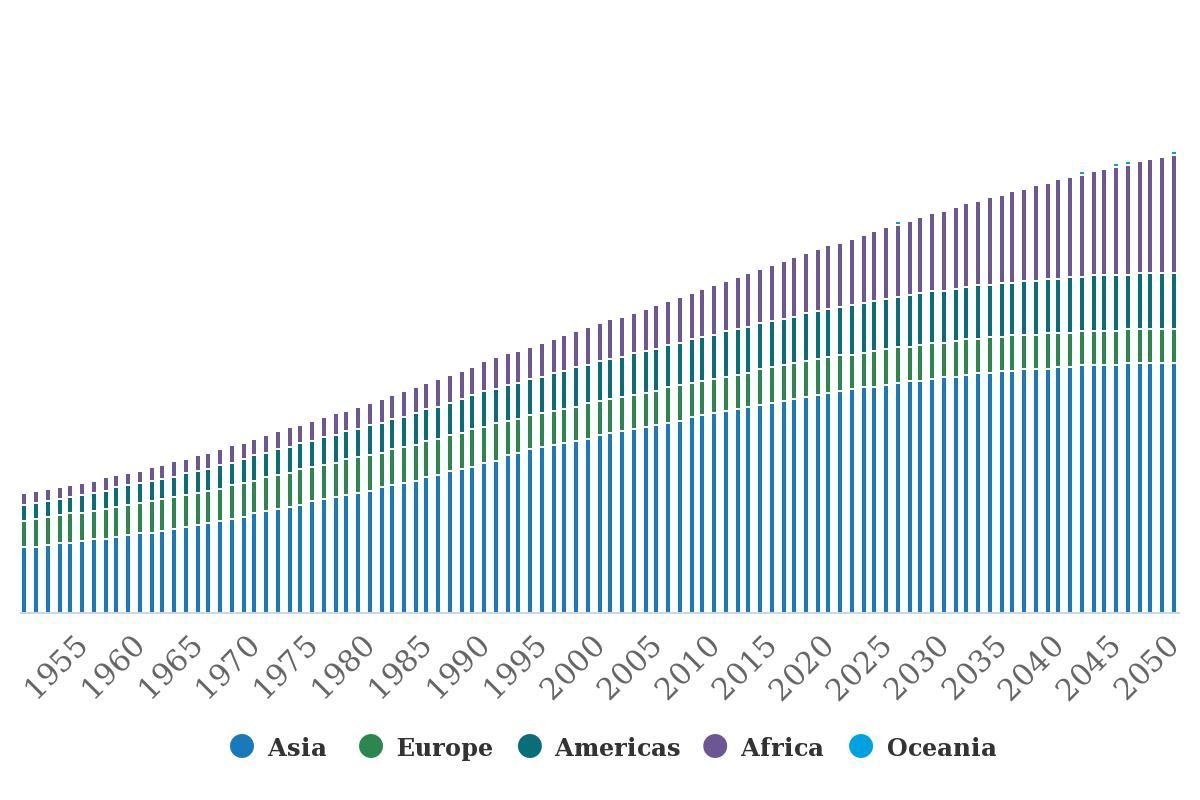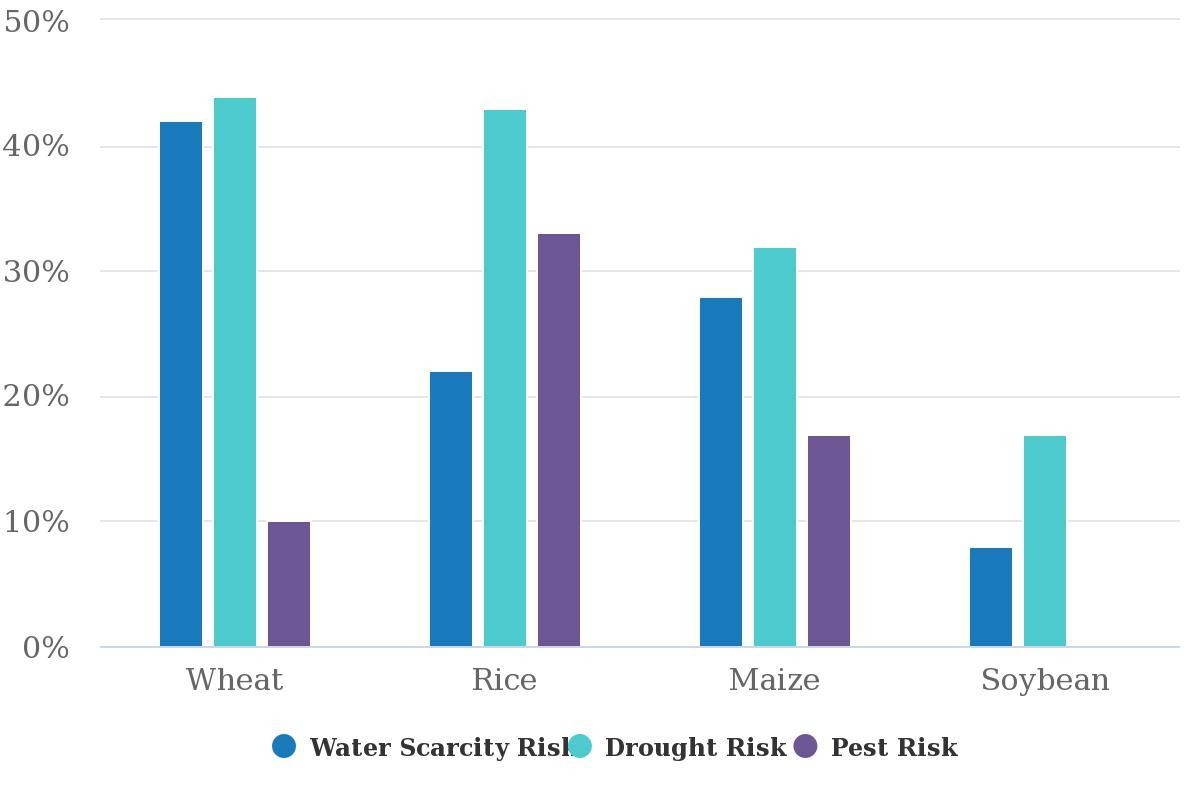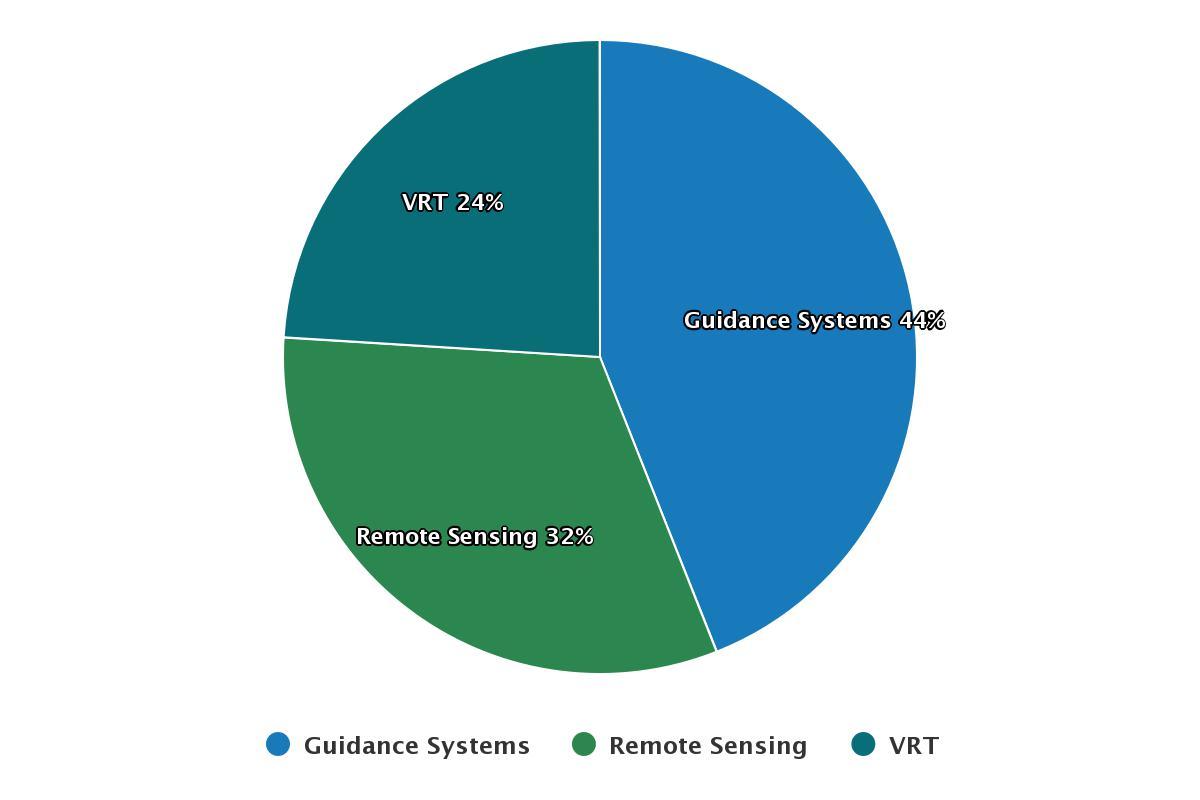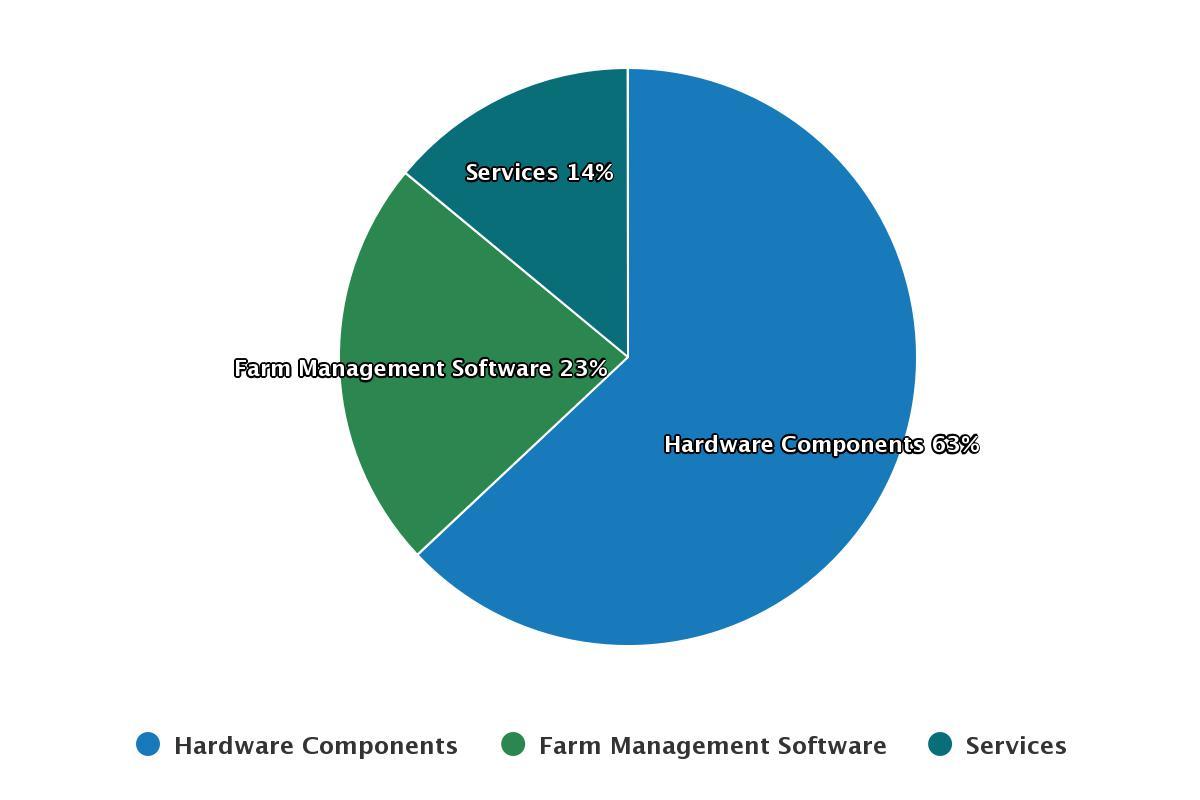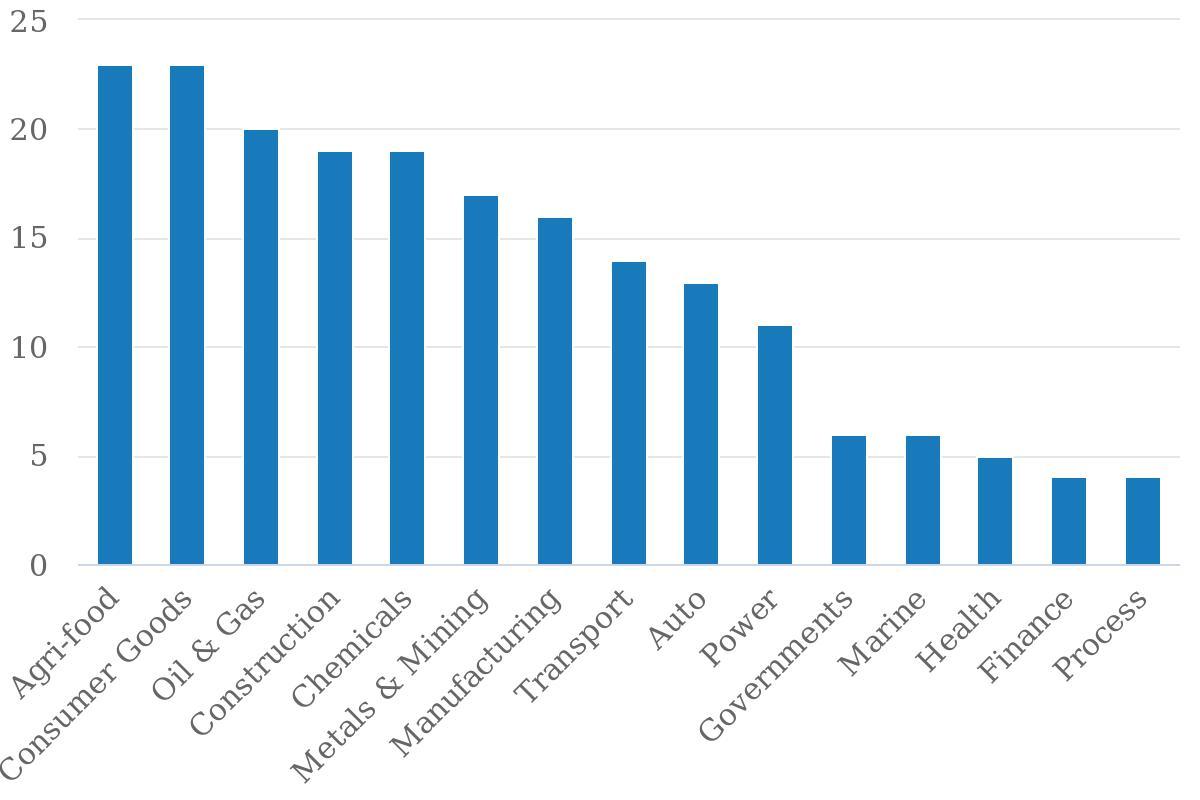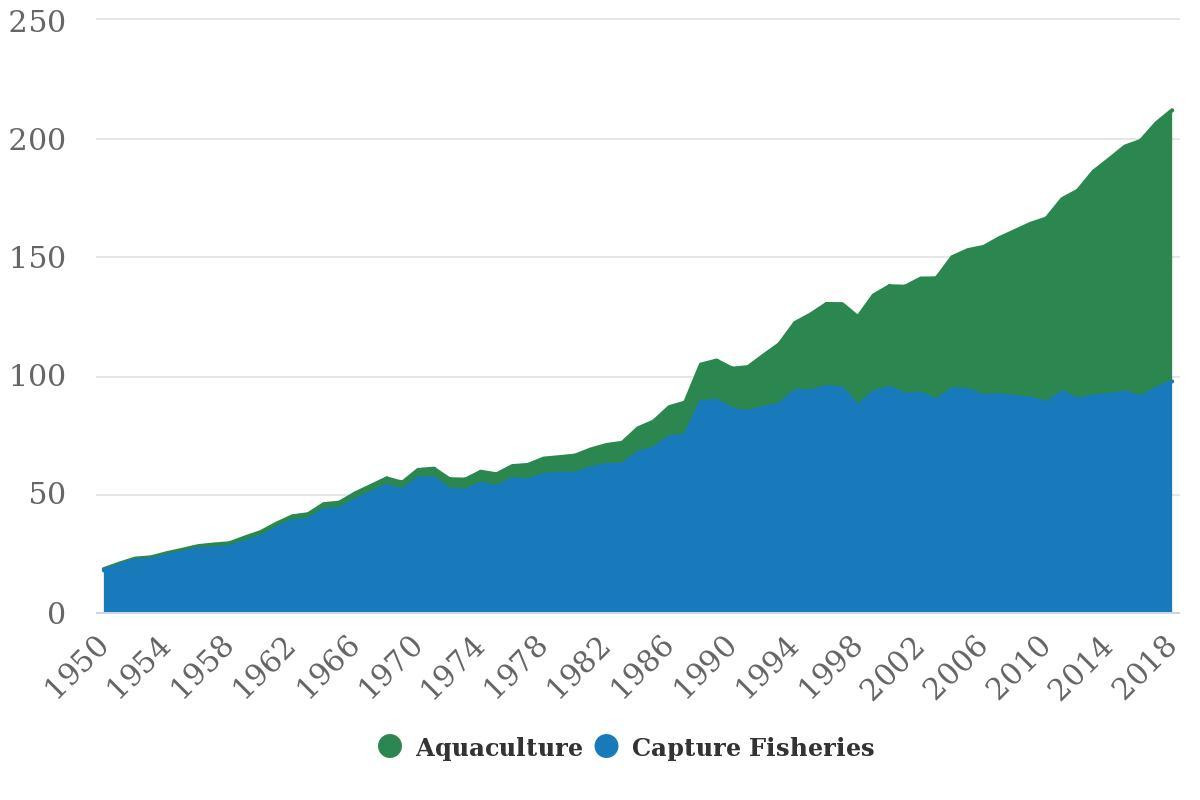The Future of Food: 4 Solutions for a Hungry Planet
Learn why feeding the world's growing population will prove ever more difficult; but innovative solutions with investment potential could be ahead.
By 2050, the world's population is forecast to surpass 10 billion people. To keep pace with population growth, the United Nations estimates that the global food supply will need to increase 50% over current volume to accommodate projected demand.
However, there’s a slight wrinkle: At the same time, climate change will threaten at least 36% of the four largest crop groups (rice, maize, wheat and soybean). In addition to producing enough food for an ever-increasing population and eliminating malnutrition, we’ll also have to do it sustainably, cutting roughly 13 gigatons of greenhouse-gas emissions in order to curb climate change.
Solving this puzzle will require ingenuity, investment—and some hard compromises.
“By 2050, the agricultural sector is expected to emit 16% more carbon emissions than it did in 2017, at a time when global emissions need to be falling to net zero," says Jessica Alsford, Morgan Stanley’s Global Head of Sustainability Research.
In a recent collaborative BluePaper, Alsford’s sustainability research team worked with their equity analyst colleagues to assess sectors within the agri-food industry that, together, can help provide sufficient, healthy and low-carbon-impact food. After accounting for scalability, sustainability and investment opportunity, they identified four preferred sectors that investors should watch—seeds, precision agriculture, agri-food testing and aquaculture—along with 125 public companies that could benefit from this “Future of Food" theme.
Global Action Needed
No single solution exists for one of the most complex supply-and-demand quandaries in history. However, many innovations are already available, or in development, that could collectively go a long way in feeding our hungry planet.
“The problems facing the global food supply chain aren't new, but with a renewed focus on this area among policymakers, we see 2021 as a potentially pivotal moment," says Alsford.
Several initiatives now underway could help address the issue. The UN's Food Systems Summit this year aims to transform the way the world produces and consumes food, while the EU's Farm to Fork strategy looks to transition to a sustainable food system by cutting pesticide and fertilizer use, reducing food waste and rethinking how food is processed and labeled.
Meanwhile, two of the world’s largest economies expect to roll out their own initiatives. Proposed policies from U.S. President-elect Joe Biden include investment in precision agriculture and, in China, President Xi Jinping has outlined a green-development plan that could include a focus on agriculture.
Sowing Seeds of Innovation
Although government support is critical, ultimately, the agri-food industry will need to reinvent itself through a variety of solutions. For example, seed development solutions could produce more food at scale in more sustainable ways. Seed innovation has driven the bulk of yield enhancements over the past 30 years, a pattern likely to continue.
“New projects have significant potential for reducing crop loss and optimizing the use of key resources, such as nitrogen, land and water," says Vincent Andrews, who covers chemicals and agricultural products. The report forecasts 5% to 7% annual growth for this segment over the next decade.
It’s worth noting that seed innovation stands out as an area where benefit and compromise will come into play. Although genetically modified (GM) seeds are one solution for producing sustainable food at scale, there are still concerns about their use, particularly around the impact of GM crops on biodiversity and non-target organisms.
Big Data Boosts Production
Precision agriculture, which uses technology and data to optimize the efficiency and productivity of farming, may also hold the key to higher yields and a more sustainable food system. It can encompass a broad range of approaches, including satellite data, drones, sensors, automation and robotics.
“Both the EU and President-elect Biden have voiced support for this technology," says Courtney Yakavonis, an equity analyst covering the Industrials sector. “We anticipate growth in the low teens over the next decade, resulting in a market worth about $17 billion in revenues, up from about $4.7 billion in 2019."
One drawback: The costs of precision agriculture generally make it more suitable for larger farms. However, efforts to reduce the time to recoup costs to less than a year should help increase adoption by small and midsized farmers.
Better Testing at Every Stage
Agri-testing is another segment for investors to watch. It covers many stages across the agriculture and food-supply chain, including agricultural and crop analysis and inspection, cargo inspection of raw materials and end-to-end supply-chain integrity.
“While it is hard to estimate the addressable market or growth for supply-chain assurance, it is simple to quantify the risk within food supply chains," says Edward Stanley, who covers Business Services. An analysis of just 16 examples of quality-control lapses, food-supply-chain failures and food-preparation errors among publicly listed entities saw a combined loss of $50 billion in market capitalization over the subsequent three months, not to mention the human toll of suffering from eating contaminated food.
“Testing is a small price to pay to avoid or minimize the risk of such issues occurring or recurring," says Stanley. He expects the agri-food testing segment to grow 5% to 7% over the next decade to a market size of $52 billion.
Aquaculture Takes Sustainability Deeper
Improvements in food production aren't limited to terra firma. Aquaculture, better known by the term “fish farming,” could meet the rising demand for seafood products, driven by population growth and increased fish consumption per capita. In fact, aquaculture already supplies more than half of all fish consumed globally.
Despite the low-fat protein products and less carbon-intensive production (compared to beef, for example), aquaculture isn't without its issues. Sustainable practices—such as limiting the use of antibiotics, while using more sustainable feed, and preventing the escape of farm-raised fish—need wider adoption.
Yet, overall, the global aquaculture market could grow at a compound annual rate of 4%-5% over the next 10 years, reaching a market size of roughly $310 billion by 2030, largely driven by Asia-Pacific consumer demand.
Weighing the Alternatives
While the segments highlighted so far offer the greatest potential to increase food supplies—sustainably and at scale—investors may also want to keep on eye on some other areas, including:
- Vertical farming: Growing crops vertically, typically in a controlled environment, doesn't require pesticides and uses significantly less space and water than traditional farming. While poised to grow 25% annually over the next decade, this segment may be limited to high-value crops, such as leafy greens and strawberries.
- Alternative proteins: Plant-based burgers produce roughly 90% lower greenhouse-gas emissions and require 99% less water than their meat equivalents. Moreover, the newest generation of meatless burgers has even proven popular with meat-eaters, expanding the addressable market beyond what had traditionally been defined as vegetarian-only. Alternative milks, such as soy, almond and rice, comprise another growing segment. Morgan Stanley estimates that, together, plant-based meat and milk could be worth more than $80 billion by 2030.
- Organic and naturally healthy food: Organic food, a staple in many households, will likely keep growing; Morgan Stanley forecasts 6% growth per year between 2020 and 2030. However, both could face global limitations. Says Andrews: “Organic farming produces lower yields, while cost and convenience can put a cap on the uptake of healthy food."

